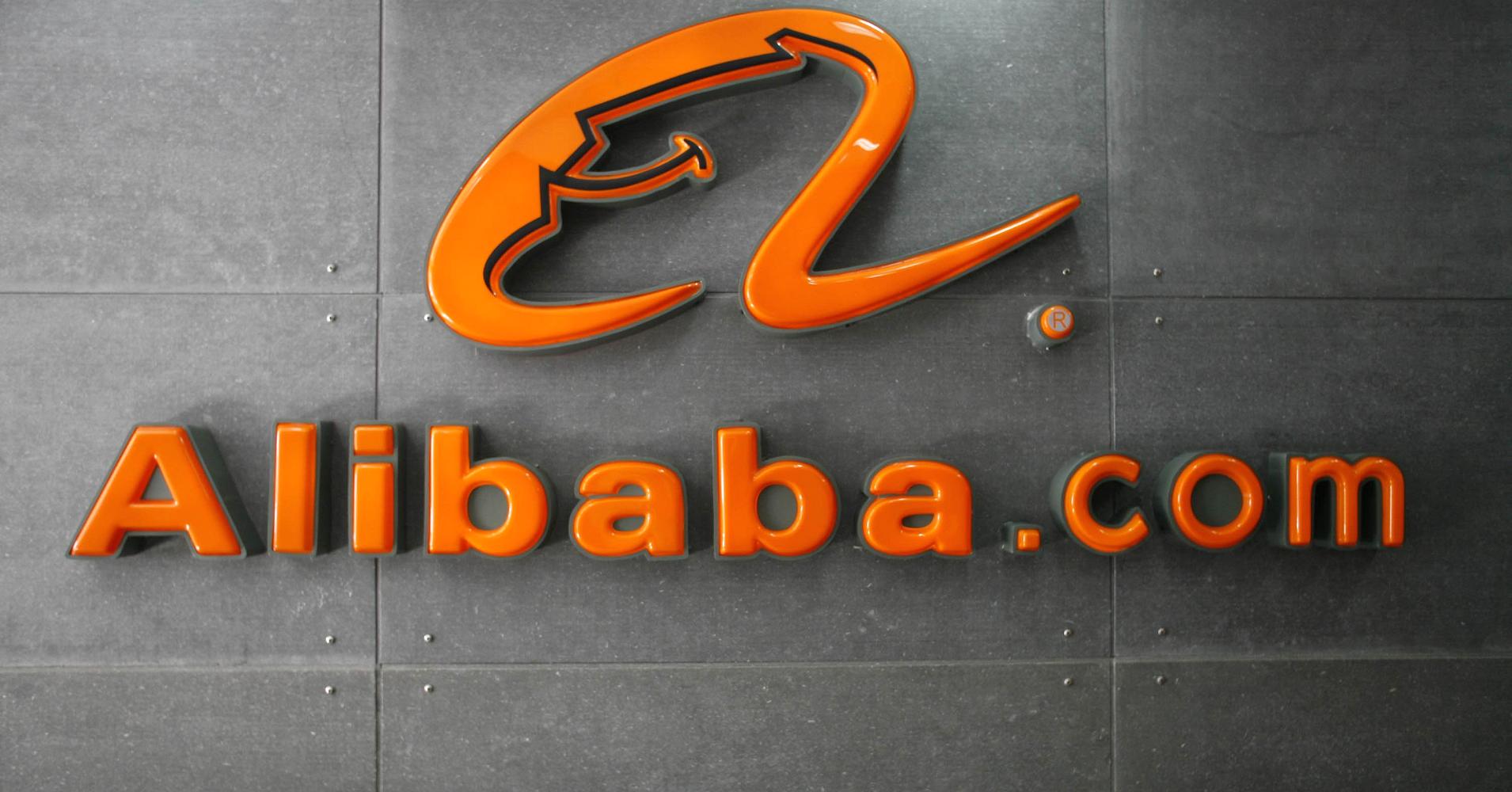 In today’s globalization era, intercultural knowledge has become more and more important for people and businesses and the word “international” (which means across nations) is used abundantly in everyday life.
In today’s globalization era, intercultural knowledge has become more and more important for people and businesses and the word “international” (which means across nations) is used abundantly in everyday life.
What is culture? Defining it may not be simple, as it is a complex, ambiguous and vast concept. However, an example will make it clearer. During my International Business Management class the professor made an experiment: he showed the class an image representing a single fish, alone, on a side, going the opposite direction of a herd of fishes, moving together; he wanted us to tell him what those fishes represented according to our view. Well, the result has been the following: students from western cultures (me included) maintained that the alone fish was individualist, independent and self centered as Western cultures and that the group fish may represent Asian cultures, more collectivist and group thinking oriented. The funny thing was that even that perception was influenced by culture because for Asians that image meant that the alone fish had been purposively excluded by the group because did not meet the requisites. This is a simple example that shows the intrinsic and pervasive nature of culture.
So, why did I choose to study International Management?
Since I was a child I have always had much curiosity towards cultures. I am half Italian (born and raised in Italy) and half Spanish (on my mother’s side), so I have grown up absorbing two different (despite similar) cultures at home. After a Summer language course in Scotland, I decided that I wanted to spend my 12th grade abroad in a high school in the USA. This is how I came to know Intercultura, a no-profit entity that arranges exchange school programs for high school students throughout the world; it’s affiliated to AFS Interctural Programs. It has been the best year of my life, I was able to establish bound relationships to both Americans (local) and other exchange students from all over the world. It truly positively changed my life, letting me more conscious of our world, of cultures, of manners and ways of interacting with different people.
Later, during my bachelor degree I decided to apply for the European Erasmus program that allows you to study in a university within the EU and went to Spain: I wanted to live there for 6 months in order to awaken and feel my Spanish side. Now, I am abroad again, in Vancouver, Canada, to finish up my master in International Management. Every path we choose is determined by our past experiences of course and the reason why I chose to master in International Management is because it makes a perfect combination of cultures and businesses, it helps firms and multinational to successfully establish in a new country taking into consideration all the risks involved. I would love to consult for a company that needs to internationalize from a strategic, financial and cultural point of view.
From this experience in Canada I acknowledge every single day that it’s true that you never stop learning: learning at school, learning about relationships, learning about people, but most of all about cultures. In particular, I got to know several people from different Asian countries, and for the first time I am developing a new understanding of the sub-cultures within Asia and it has been very exciting so far.
Knowing about a culture allows you to better understand others, their reactions, their interests, their manners and it is extremely important to develop a deep understanding on it in today’s globalized era. You should share your culture to be part of the world!
*Source image: www.afs.org








